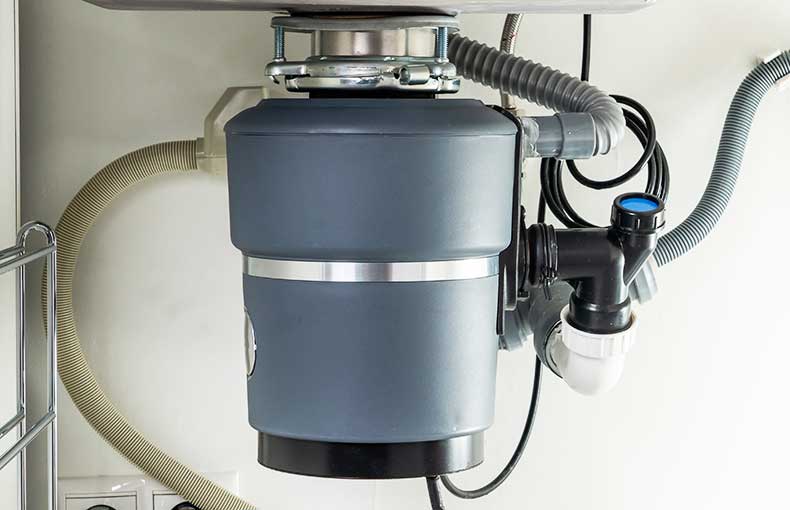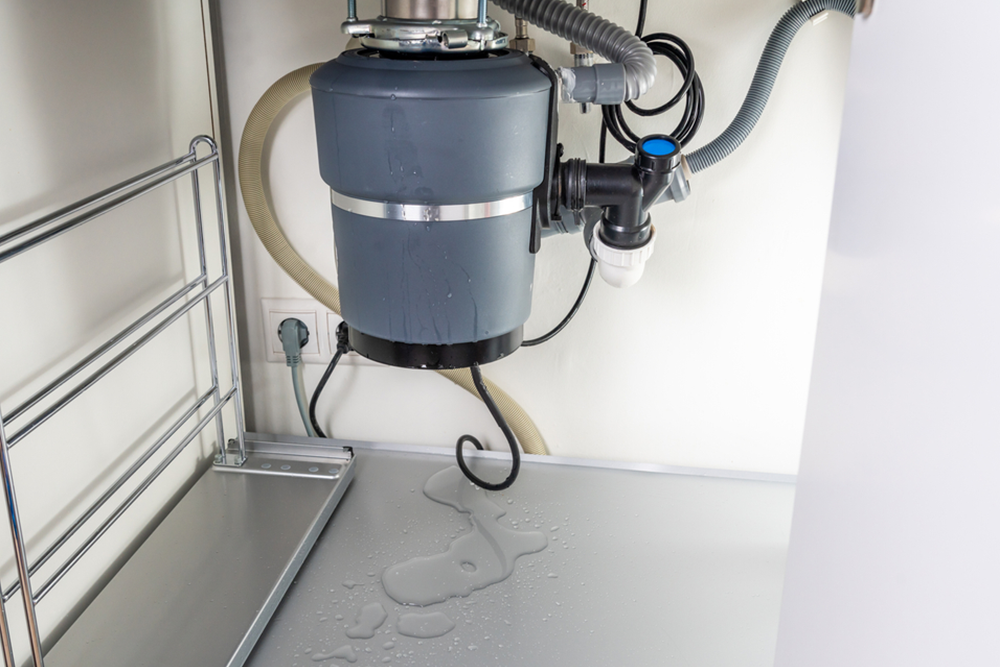Rapid Solutions for Fixing a Dripping Waste Disposal Unit
Rapid Solutions for Fixing a Dripping Waste Disposal Unit
Blog Article
Just about every person will have his or her own way of thinking about Why Is .

Waste disposal unit are essential cooking area appliances that aid in dealing with food waste efficiently. Nonetheless, a leaking waste disposal unit can be a frustrating and untidy issue to manage. Luckily, lots of leakages can be fixed quickly with a couple of easy actions. In this short article, we will certainly review just how to take care of a leaking waste disposal unit successfully.
Introduction
Garbage disposals are installed under kitchen area sinks and are designed to shred food waste right into smaller sized items, permitting it to go through the plumbing system quickly. While these devices are normally trusted, leaks can take place in time because of wear and tear, loosened links, or damage to the device.
Step-by-Step Guide to Taking Care Of a Dripping Waste Disposal Unit
Switch off the Power
Prior to attempting any kind of fixings, make sure that the power to the waste disposal unit system is turned off to stop the threat of electric shock.
Situate the Leak
Identify the precise area of the leak and establish the cause
Tighten up Links
Use a wrench to tighten up any type of loosened links in between the disposal system and the pipes system.
Change Seals or Gaskets
If the leakage results from worn seals or gaskets, get rid of the old components and change them with new ones.
Patching Splits or Openings
For splits or openings in the disposal unit, usage epoxy or an appropriate patching material to seal the damaged location.
Recognizing the Resource of the Leakage
Prior to attempting to take care of a leaking waste disposal unit, it is important to identify the source of the leak. This can generally be done through aesthetic assessment or by conducting easy examinations.
Visual Examination
Inspect the garbage disposal device very carefully for any kind of indicators of water leak. Pay close attention to locations around seals, gaskets, and link points.
Testing for Leakages
One means to test for leakages is by running water with the disposal device and looking for any kind of noticeable indicators of leak.
Common Sources Of Leakages in Garbage Disposals
Worn Seals and Gaskets
Seals and gaskets play a critical duty in preventing water from dripping out of the waste disposal unit. In time, these components can weaken, resulting in leakages around the disposal device.
Loose Links
The connections between the waste disposal unit and the plumbing system can become loose in time, triggering water to leak out during operation.
Splits or Openings in the Disposal Unit
Physical damage to the garbage disposal, such as fractures or openings in the real estate, can additionally cause leakages.
Devices and Materials Needed for Repairing a Dripping Garbage Disposal
Prior to starting the repair procedure, collect the required tools and materials, including a screwdriver, adjustable wrench, plumbing's putty, replacement seals or gaskets, and epoxy or patching product for repairing splits or holes.
Evaluating the Garbage Disposal After Repair
When the fixing is complete, check the waste disposal unit by running water through it to make certain that the leak has actually been solved.
Preventive Maintenance Tips to Avoid Future Leakages
To avoid future leakages, it is necessary to perform normal maintenance on your garbage disposal. This includes keeping it tidy, preventing putting non-food items or hard items down the disposal, and occasionally checking for leakages or various other issues.
Final thought
To conclude, taking care of a leaking waste disposal unit is a relatively straightforward procedure that can be completed with fundamental devices and materials. By complying with the actions laid out in this short article and practicing precautionary maintenance, you can keep your waste disposal unit in good working condition and stay clear of pricey repair work in the future.
HERE’S HOW TO FIX YOUR GARBAGE DISPOSAL
WHAT TO DO IF SOMETHING IS STUCK IN YOUR GARBAGE DISPOSAL
If the impeller won’t turn, there’s probably something stuck in the disposal. It could be a steak bone or peach pit, although plumbers report pulling all sorts of inappropriate objects out of disposals, such as bottle caps or aluminum foil. Make sure power to the disposal is off, and look inside to see if you can see the source of the jam.
Never stick your fingers in a disposal. Pull out anything you see with tongs or pliers.
If the disposal still won’t work, it may be time to call a plumber or consider buying a new disposal. GEM Plumbing & Heating is here for all of your garbage disposal needs.
WHAT TO DO IF YOUR GARBAGE DISPOSAL DRAIN IS CLOGGED
Take everything out from underneath your sink and put a bucket or other container under your disposal to catch any water that drains out. Disconnect your disposal from the power supply. If it’s plugged into a wall outlet, unplug it. If it’s hardwired into an electrical box, go to the electrical panel and turn off the breaker for the disposal. Pour ¼ cup of baking soda into the drain, followed by ½ cup of white vinegar. Give the solution a few minutes to fizz and do its work. Look into the disposal with a flashlight to see if you can see an object that might be causing the clog. If you see it, remove it using tongs or pliers. MORE TIPS ON DEALING WITH A CLOGGED GARBAGE DISPOSAL
Never use drain cleaner in a garbage disposal. It can damage the plastic parts inside the disposal. You can also be splashed with the caustic liquid while working to clear the clog. Beware! Never stick your fingers into a garbage disposal. Trust us — not a good idea. In many instances, your dishwasher drains through your garbage disposal. This allows the disposal to grind any large food particles that may be drained out of your dishwasher. There are some jurisdictions, however, where the plumbing code prohibits such a connection. WHAT TO DO WHEN YOUR DISHWASHER DRAINS THROUGH THE DISPOSAL
Run some water in the sink so your plunger has at least a ½-inch of water to create a seal and plunge vigorously up and down several times. You may need to repeat this several times. Run hot water down the drain to clear any residue that remains.

As a devoted person who reads on Garbage Disposal Leaking From Bottom, I think sharing that excerpt was appropriate. Loved our entry? Please share it. Help another person discover it. Thanks a lot for your time spent reading it.
Free Estimate Report this page